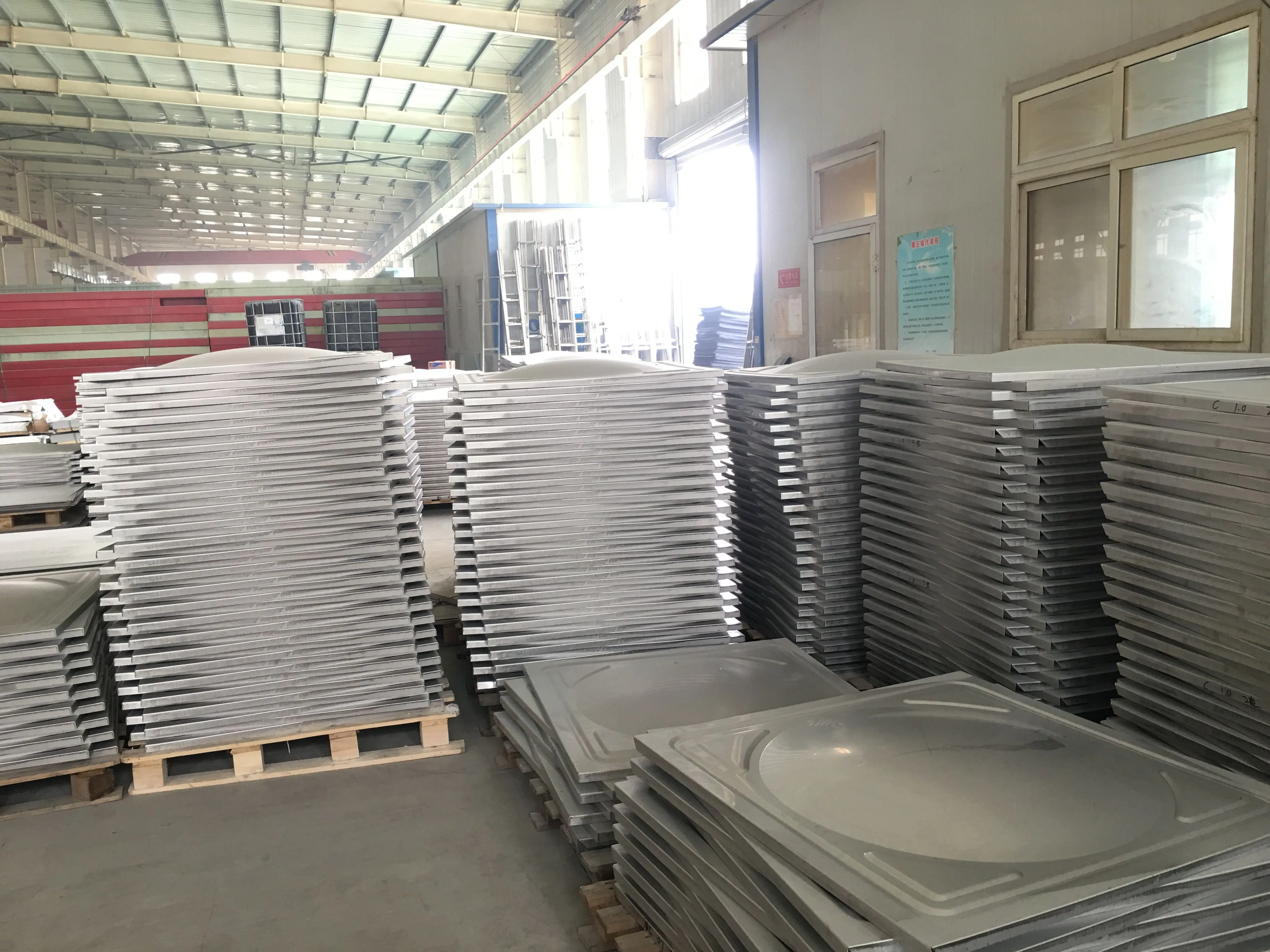loading...
- No. 9, Xingyuan South Street, Dongwaihuan Road, Zaoqiang County, Hengshui, Hebei, China
- admin@zjcomposites.com
- +86 15097380338
- Welcome to visit our website!
Composite Handrail Solutions for Enhanced Safety and Durability in Various Applications
The Importance of GRP Handrail Systems in Modern Safety Architecture
Handrails are often regarded as one of the essential components of safety architecture, especially in buildings where elevation changes occur, such as stairs, ramps, walkways, and balconies. Among various materials utilized for handrail systems, Glass Reinforced Plastic (GRP) is gaining prominence for its unique properties and advantages. In this article, we will explore what GRP handrail systems are, their benefits, applications, and why they are becoming a popular choice in modern safety architecture.
The Importance of GRP Handrail Systems in Modern Safety Architecture
One of the most significant advantages of GRP handrail systems is their exceptional resistance to environmental factors. Unlike metal, which can corrode over time, or wood, which is susceptible to rot and pests, GRP is highly resistant to moisture, UV rays, and chemicals. This means that GRP handrails maintain their integrity even in harsh environments, making them ideal for outdoor applications, such as walkways around swimming pools, docks, and industrial sites where exposure to various chemicals is common. Moreover, the maintenance required for GRP handrails is minimal, leading to lower long-term costs.
grp handrail systems

The lightweight nature of GRP handrail systems does not compromise their structural strength. They are designed to withstand significant loads and impact forces, making them suitable for high-traffic areas as well. Safety compliance is paramount in any handrail system, and GRP handrails can easily be engineered to adhere to the necessary building codes and safety regulations. This aspect is particularly crucial in public spaces, where the safety of pedestrians is a top priority.
Aesthetically, GRP handrail systems can be tailored to suit various design requirements. They come in a range of colors and finishes, allowing for seamless integration into different architectural styles. This customization can enhance the visual appeal of a space without sacrificing safety or functionality. Moreover, the ability to mold GRP into various shapes means that designers have greater creative flexibility compared to traditional materials.
Another critical aspect of GRP handrail systems is their contribution to sustainability. As the world increasingly shifts toward environmentally friendly practices, GRP is emerging as a viable alternative. Many GRP materials are manufactured using recycled components, and the production processes are often less harmful to the environment compared to those of metal or wood. Once installed, GRP handrails have a long lifespan, minimizing the need for frequent replacements and reducing waste.
In conclusion, GRP handrail systems represent a modern solution to the age-old demand for safety and stability in elevated structures. Their myriad benefits, including durability, low maintenance, aesthetic flexibility, and environmental sustainability, position them as an advantageous choice for architects, builders, and property owners alike. As the focus on safety and sustainability continues to grow, it is evident that GRP handrail systems will play a crucial role in shaping the future of safety architecture. By embracing innovative materials like GRP, we can ensure that our built environments remain safe, functional, and aesthetically pleasing for generations to come.
-
GRP Structures: The Future of Lightweight, High-Performance EngineeringNewsJun.20,2025
-
FRP Water Tank: High-Performance Storage for Corrosive and Clean Water SystemsNewsJun.20,2025
-
FRP Square Tube: The New Industry Standard for Chemical and Structural ApplicationsNewsJun.20,2025
-
FRP Pultruded Profiles: The Ultimate Choice for Lightweight Structural StrengthNewsJun.20,2025
-
FRP Handrails: The Safer, Smarter, and Stronger Choice for Modern InfrastructureNewsJun.20,2025
-
FRP Grating: The Smart Solution for Durable, Lightweight Industrial FlooringNewsJun.20,2025
-
Why Choose a Galvanized Water Tank for Your Storage NeedsNewsMay.21,2025
